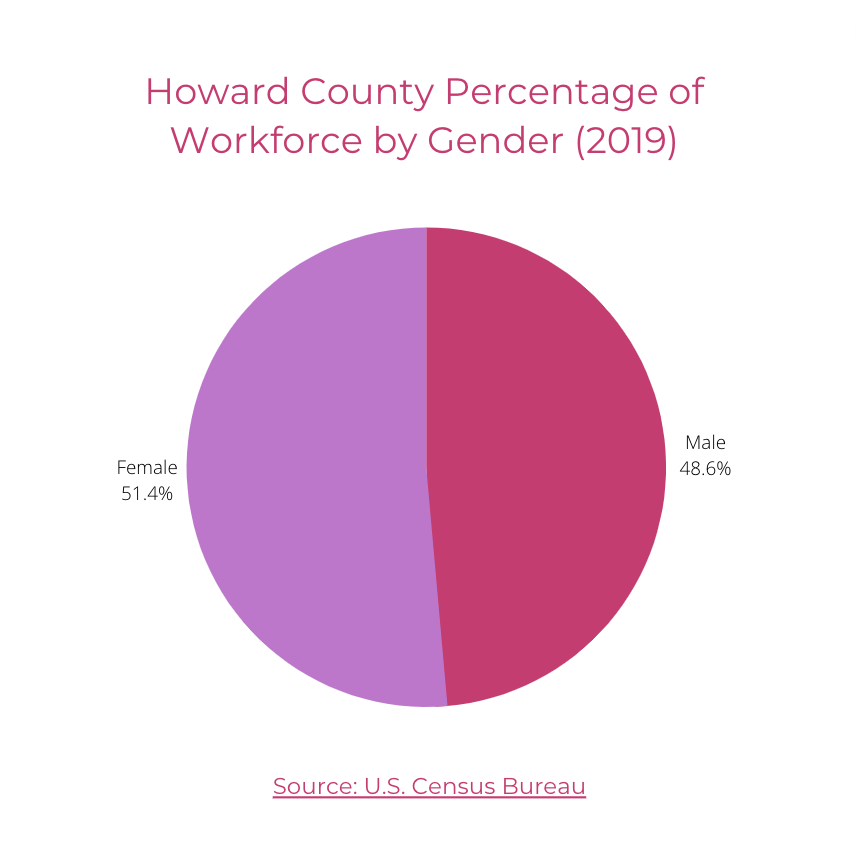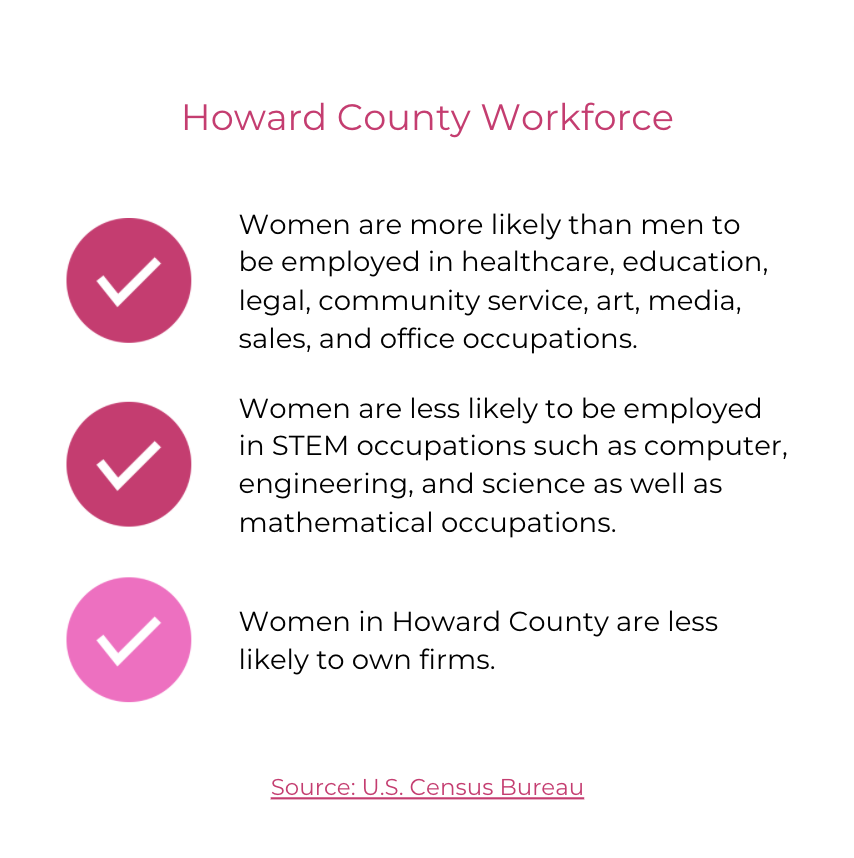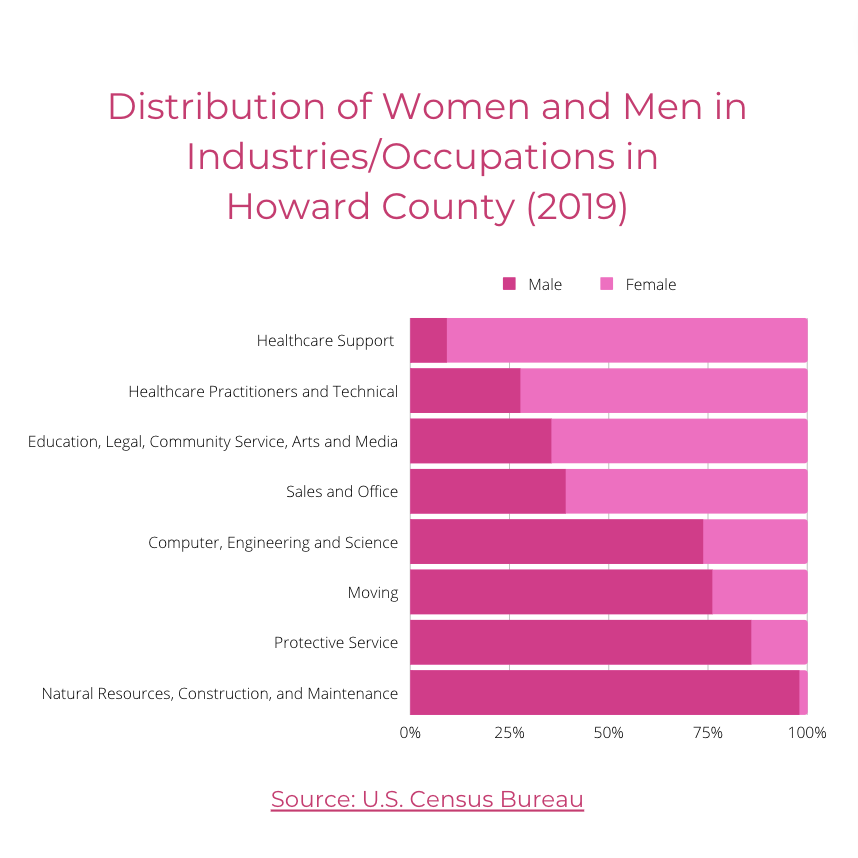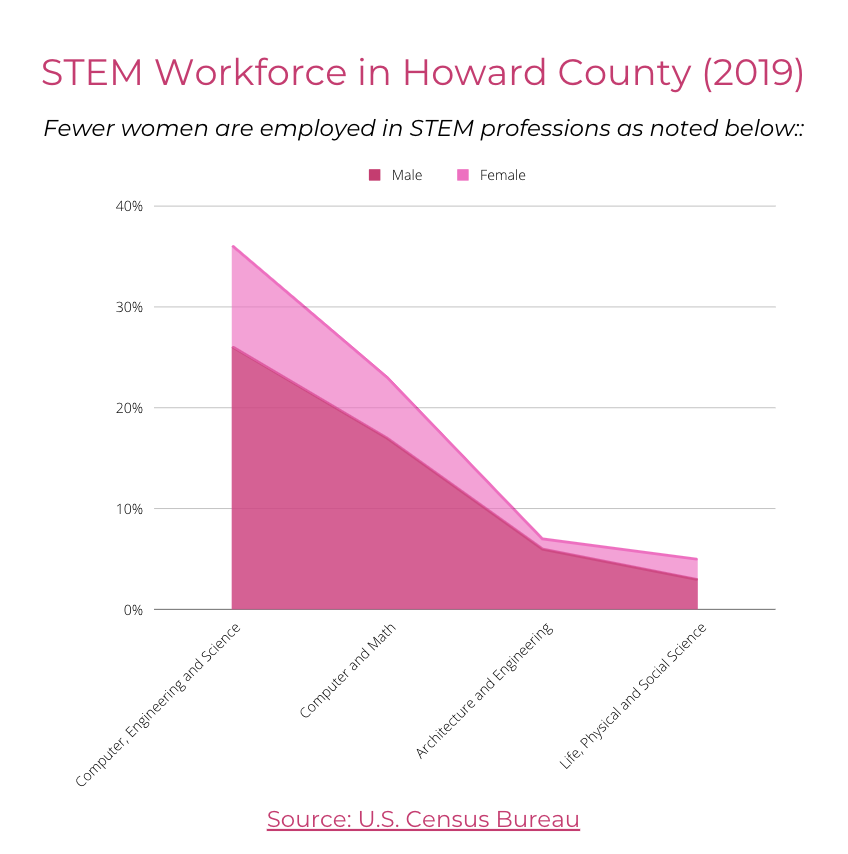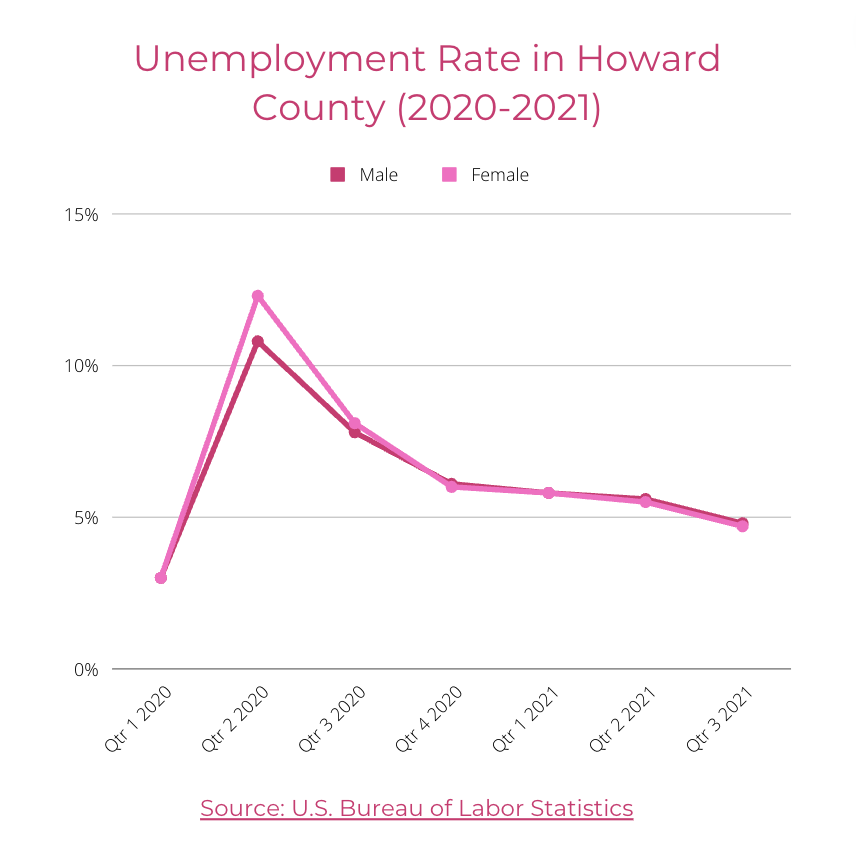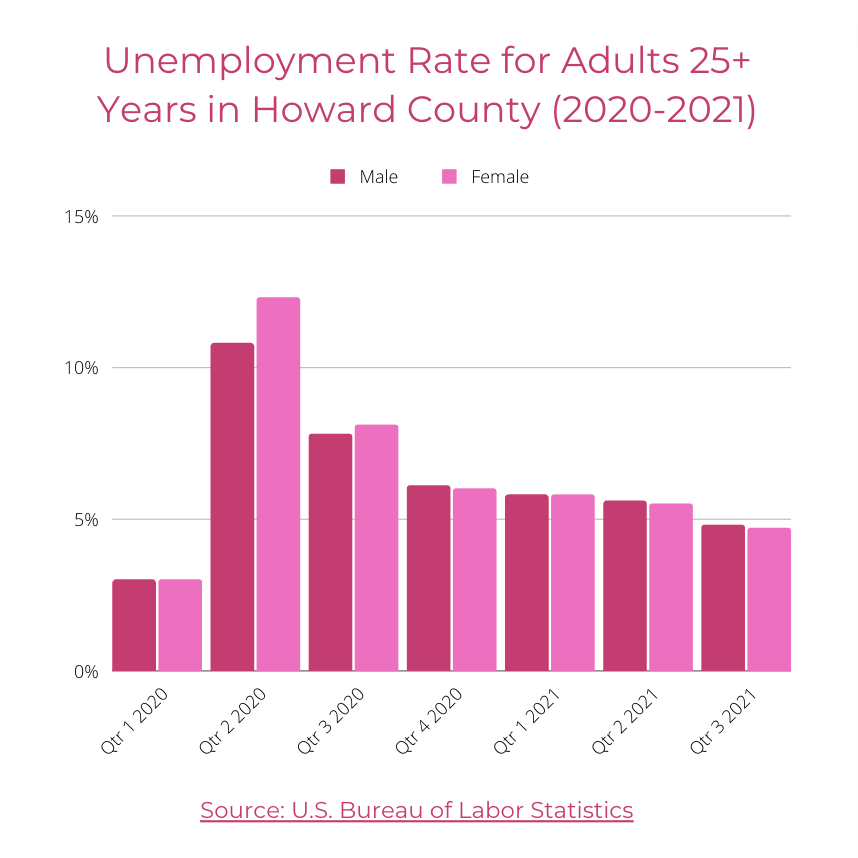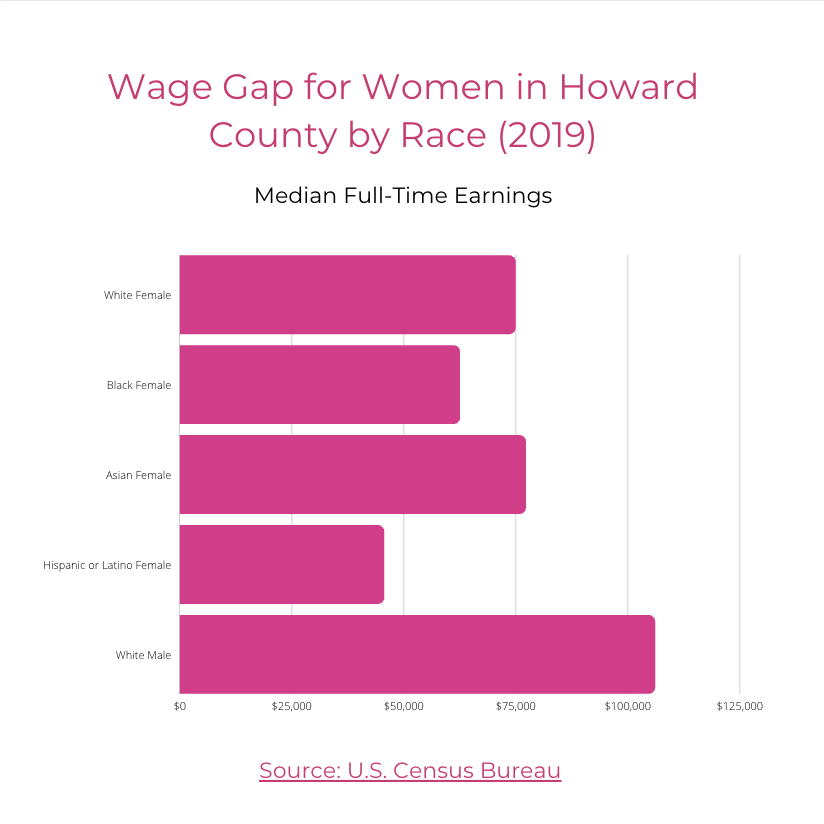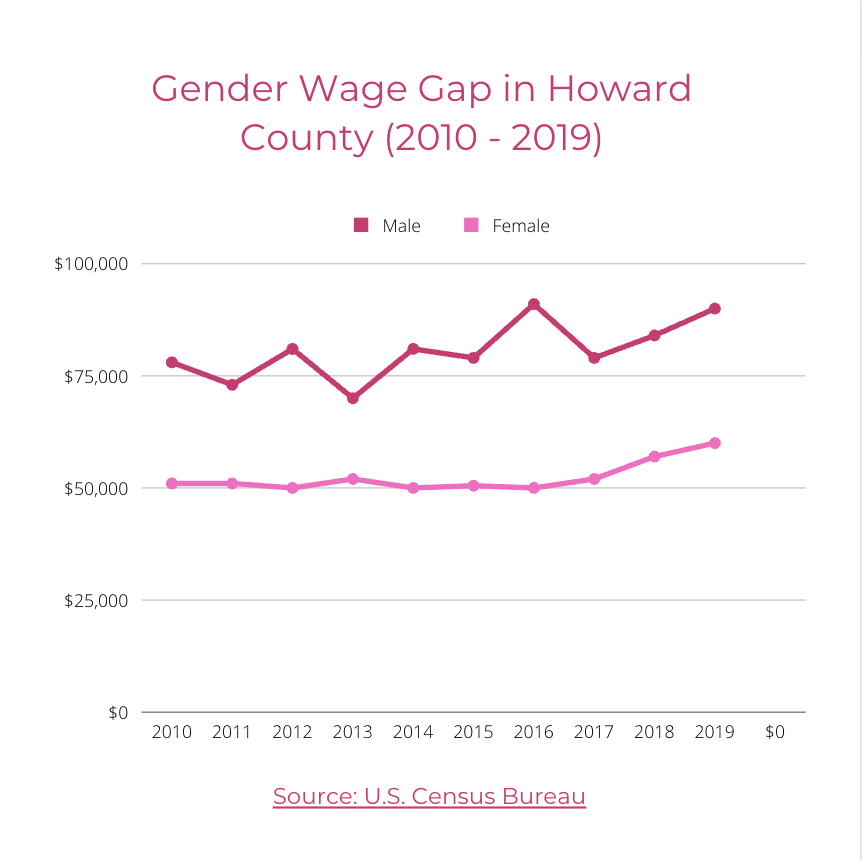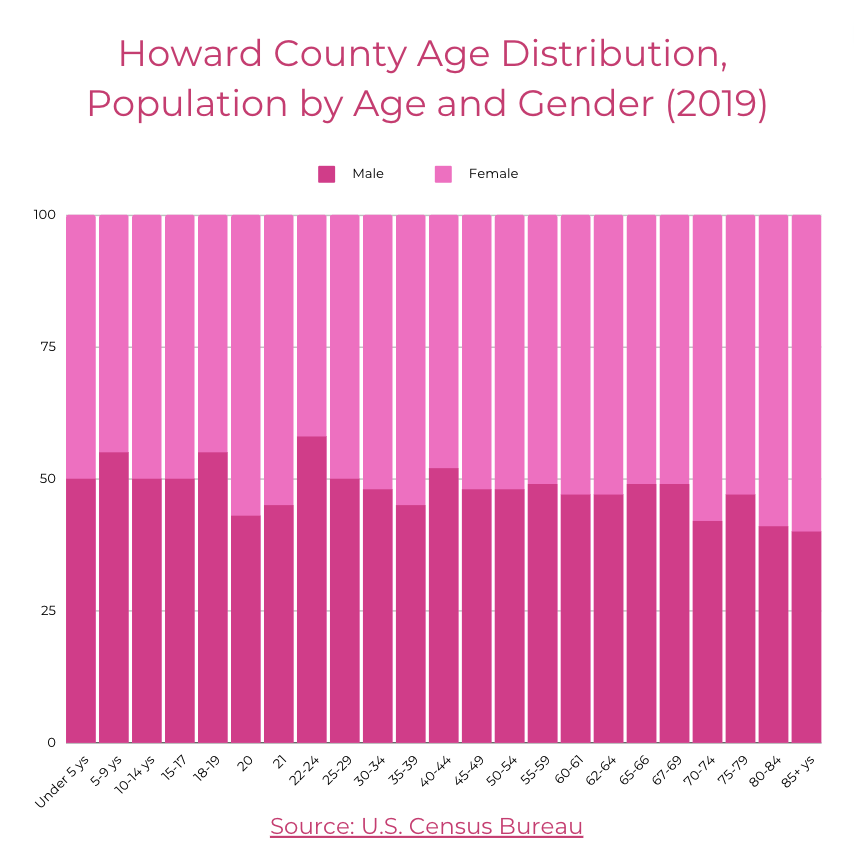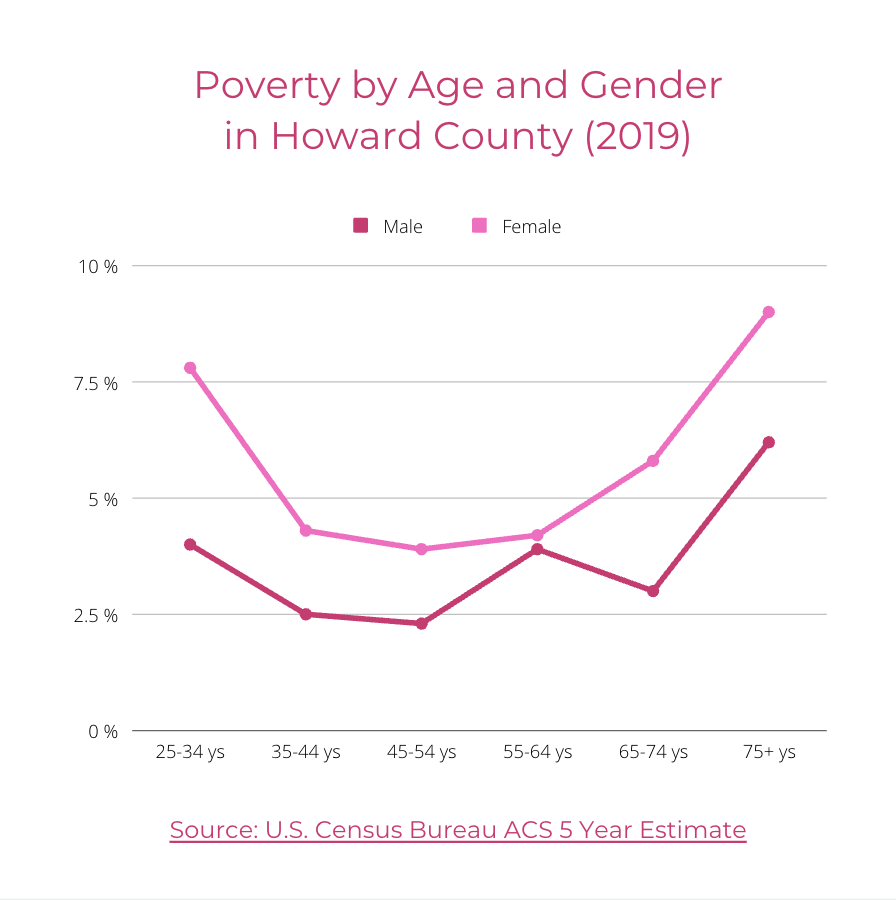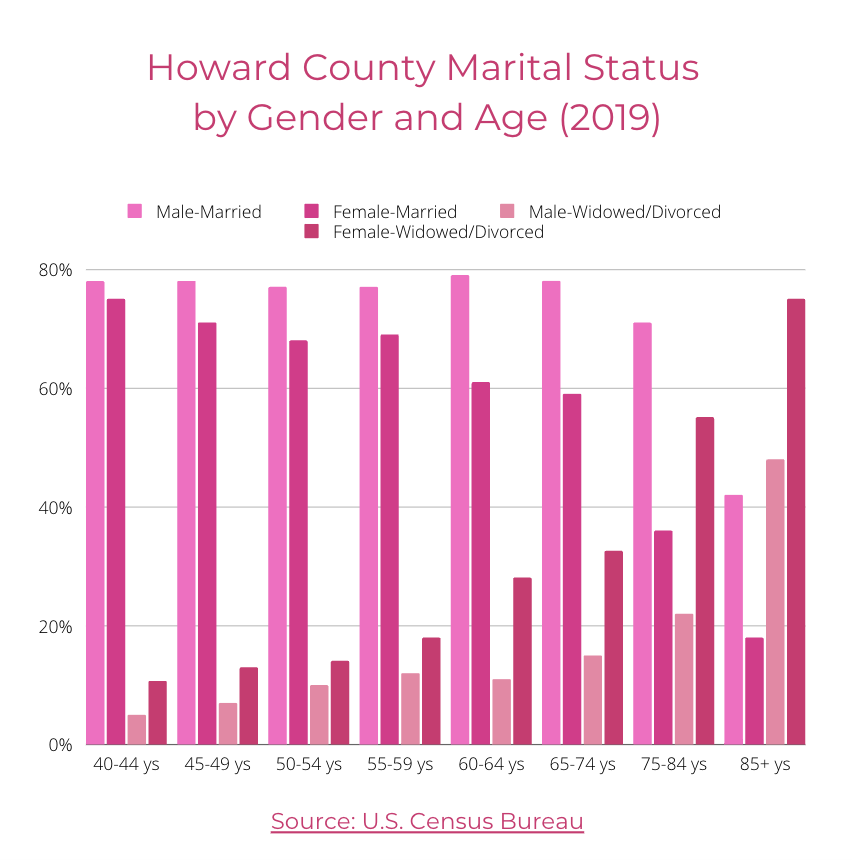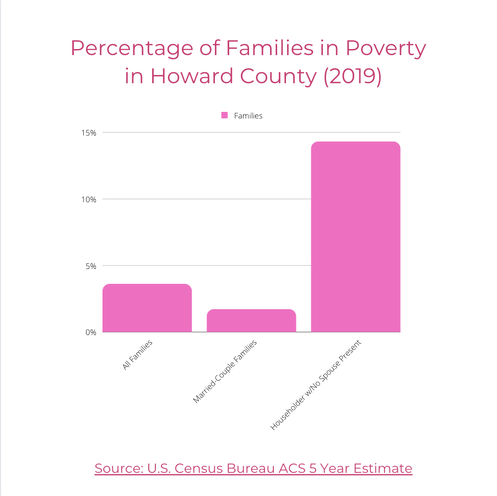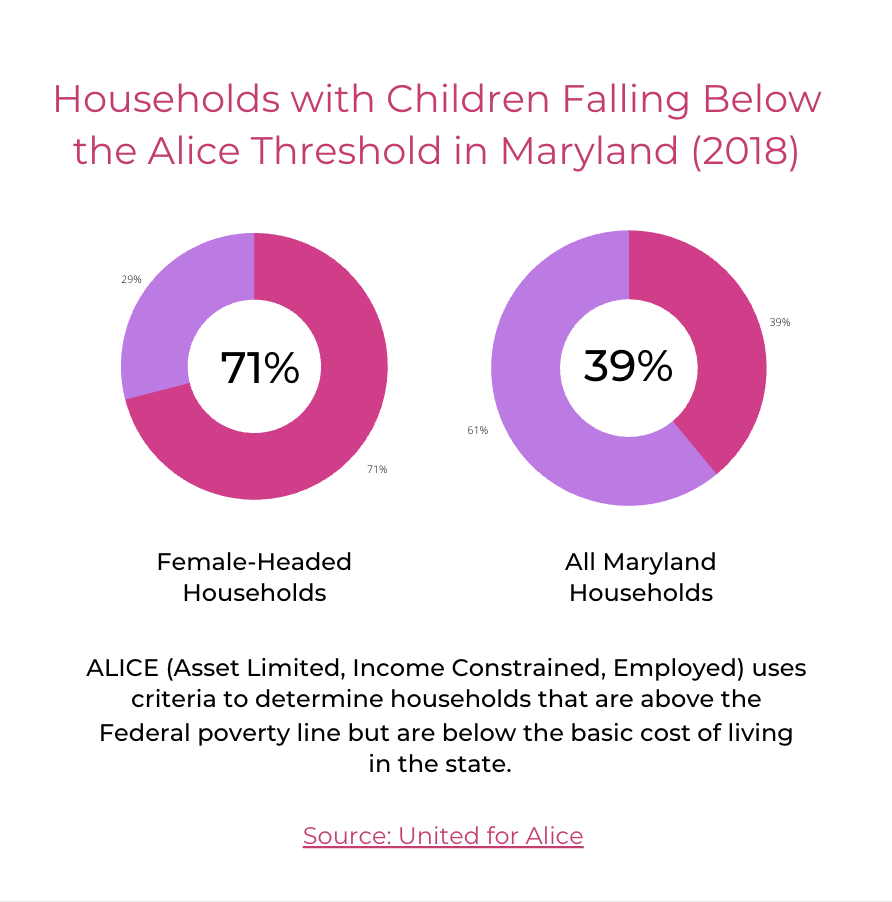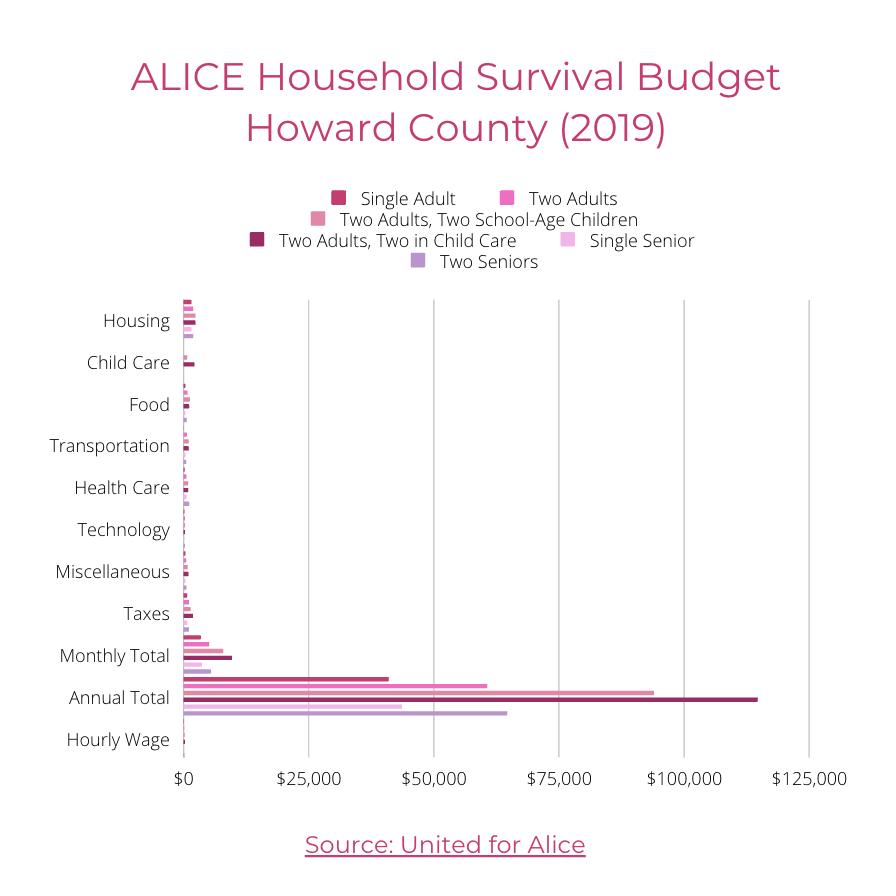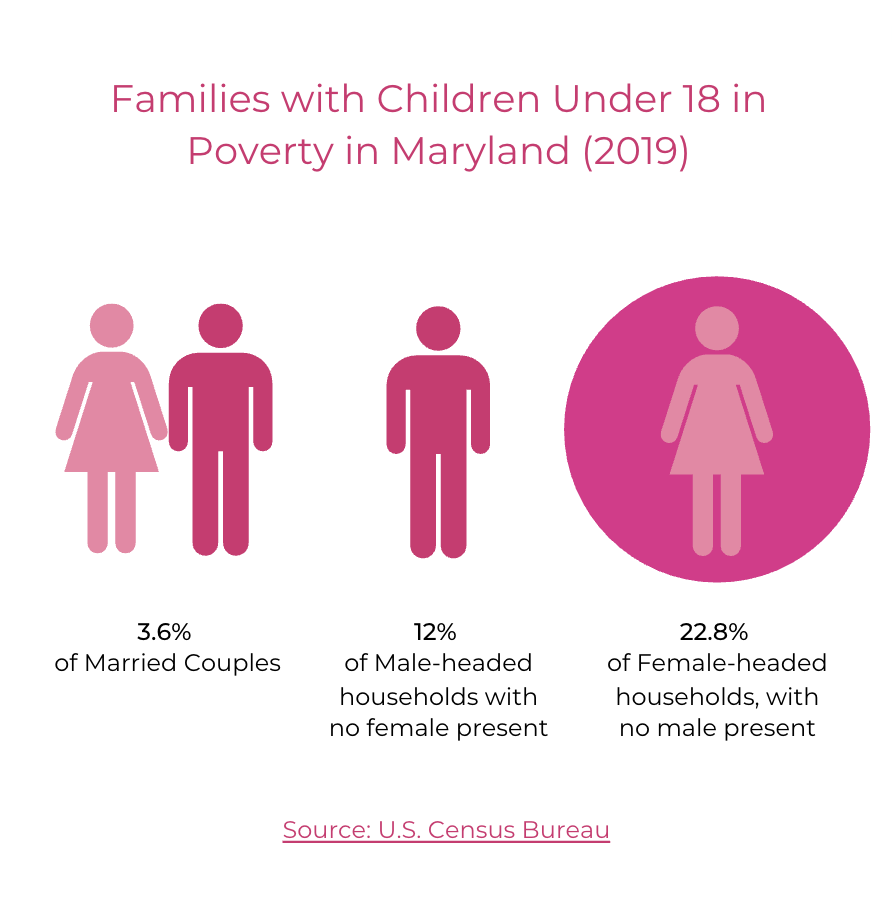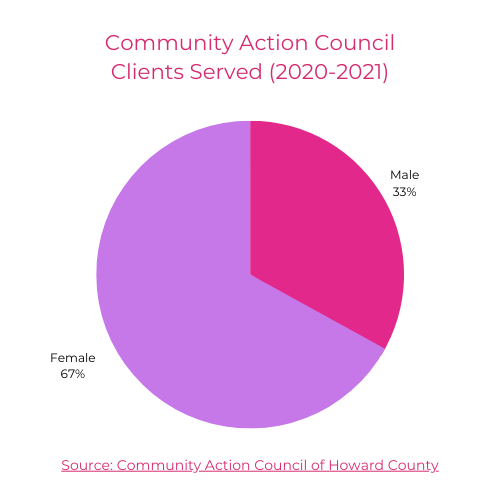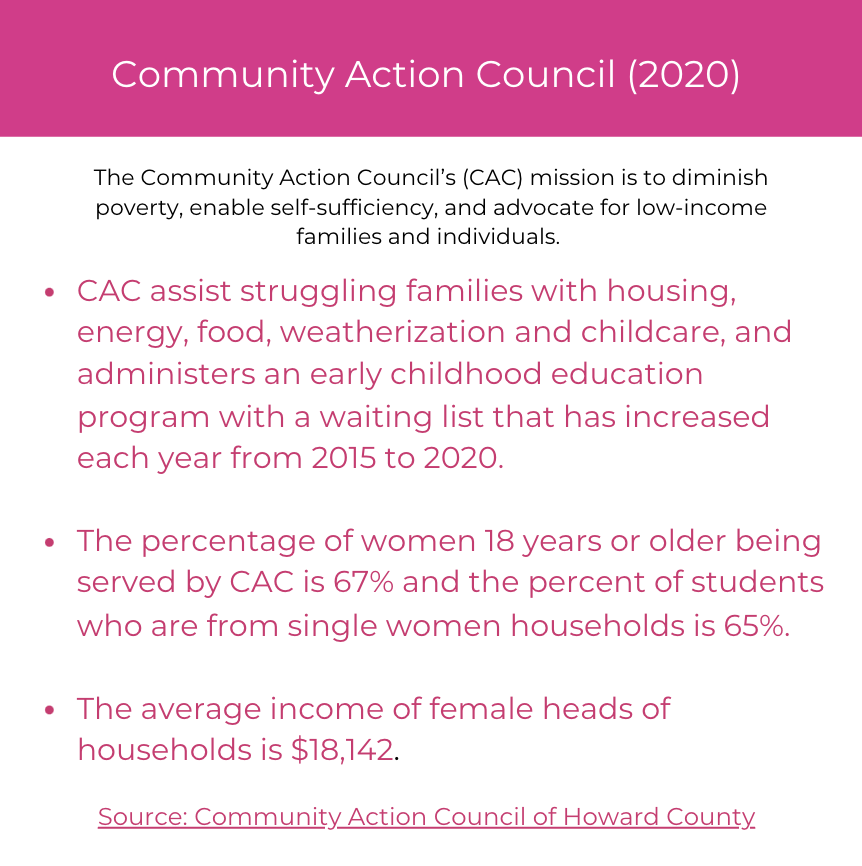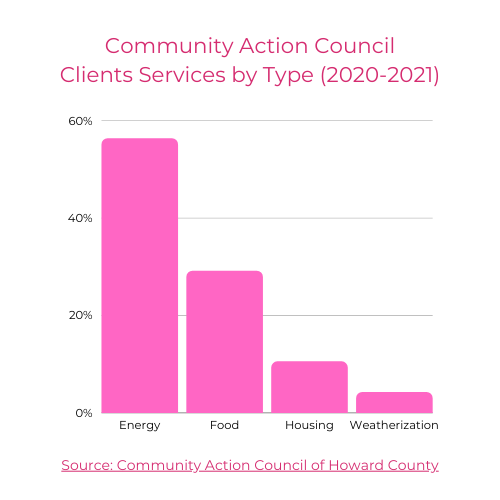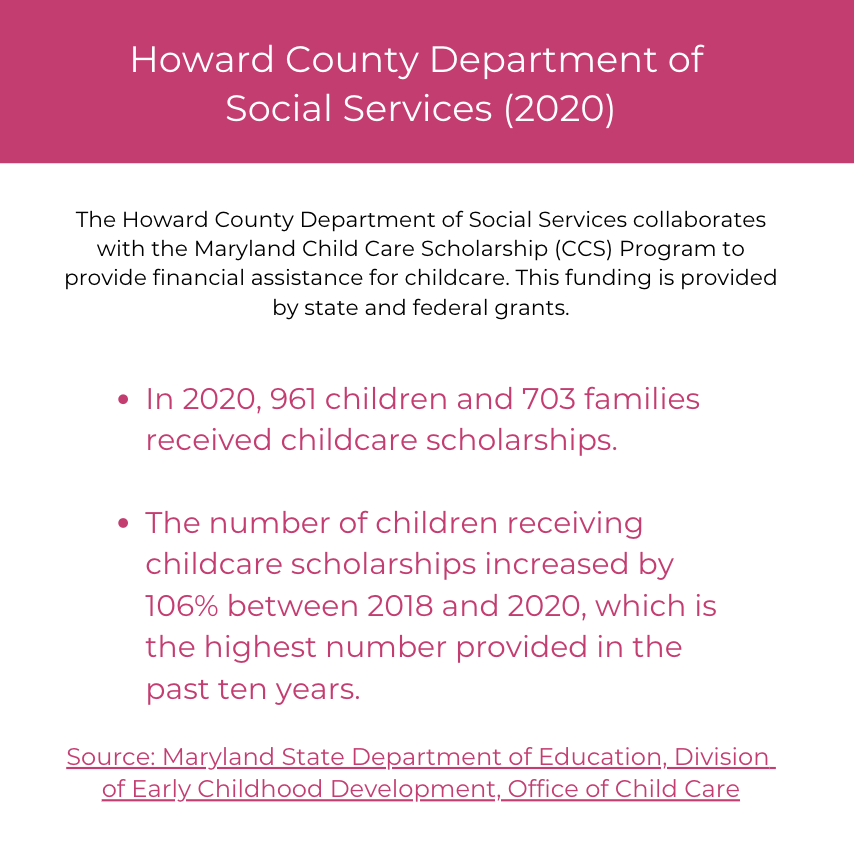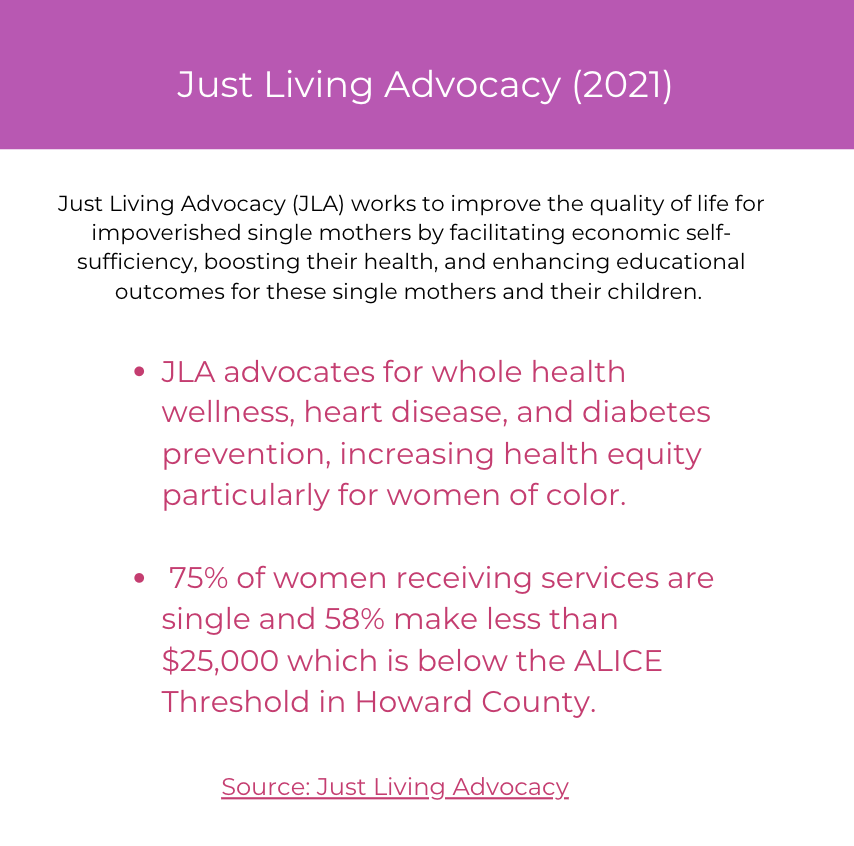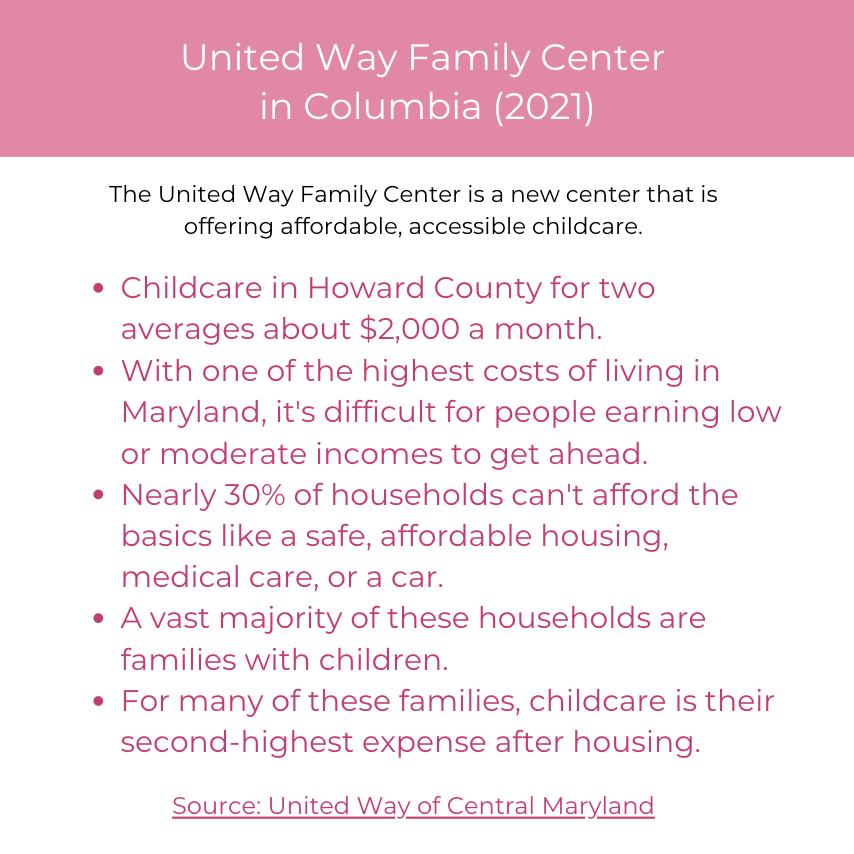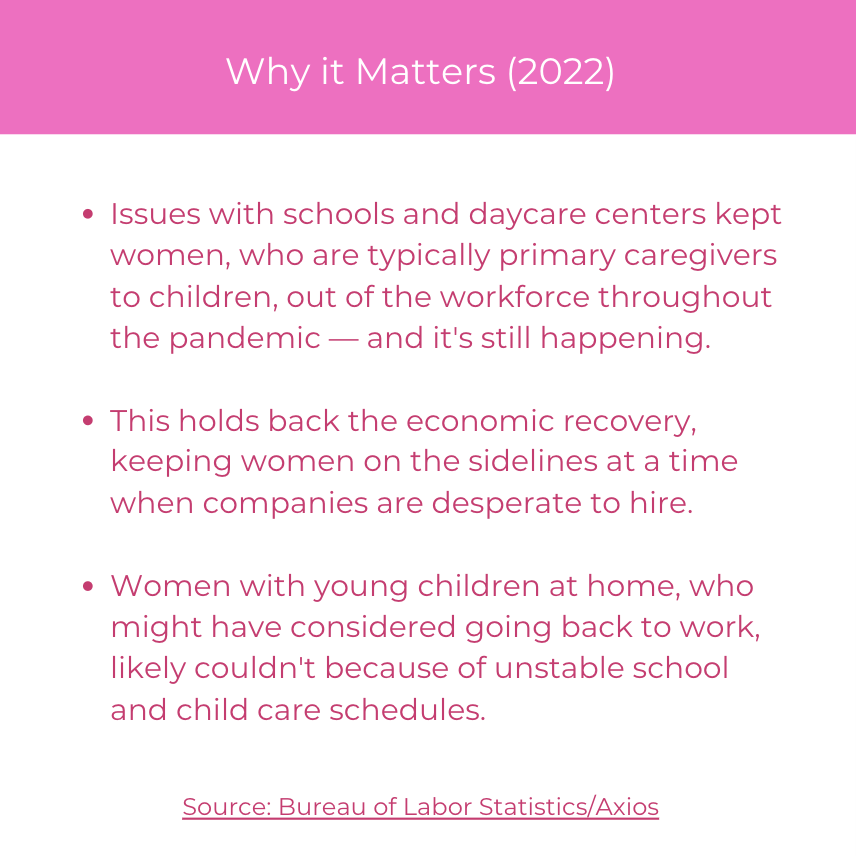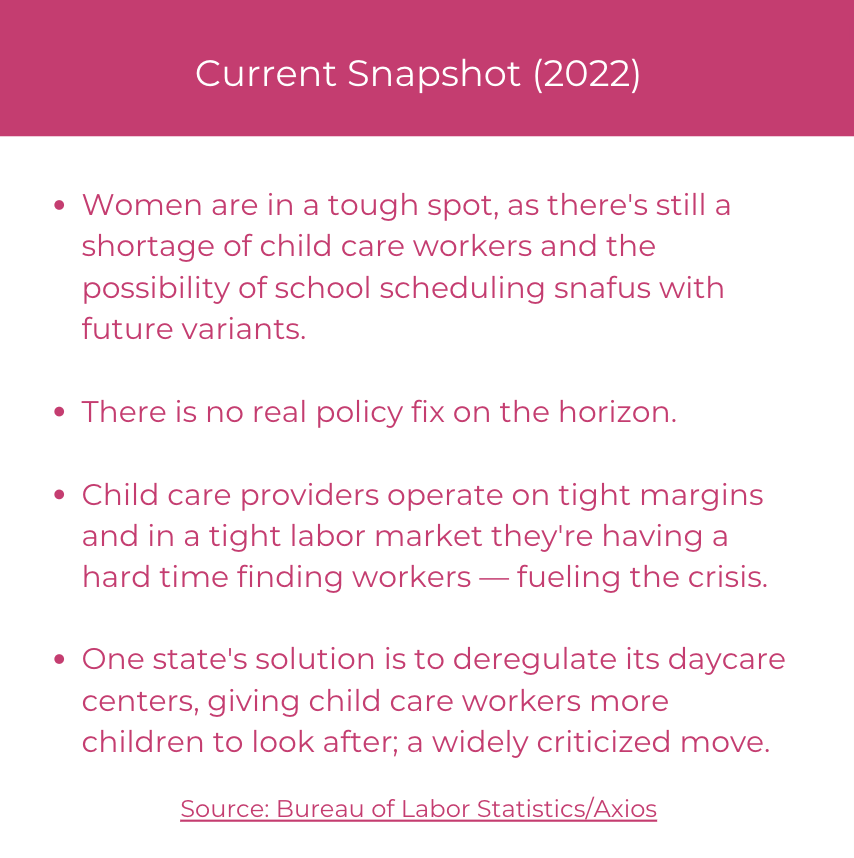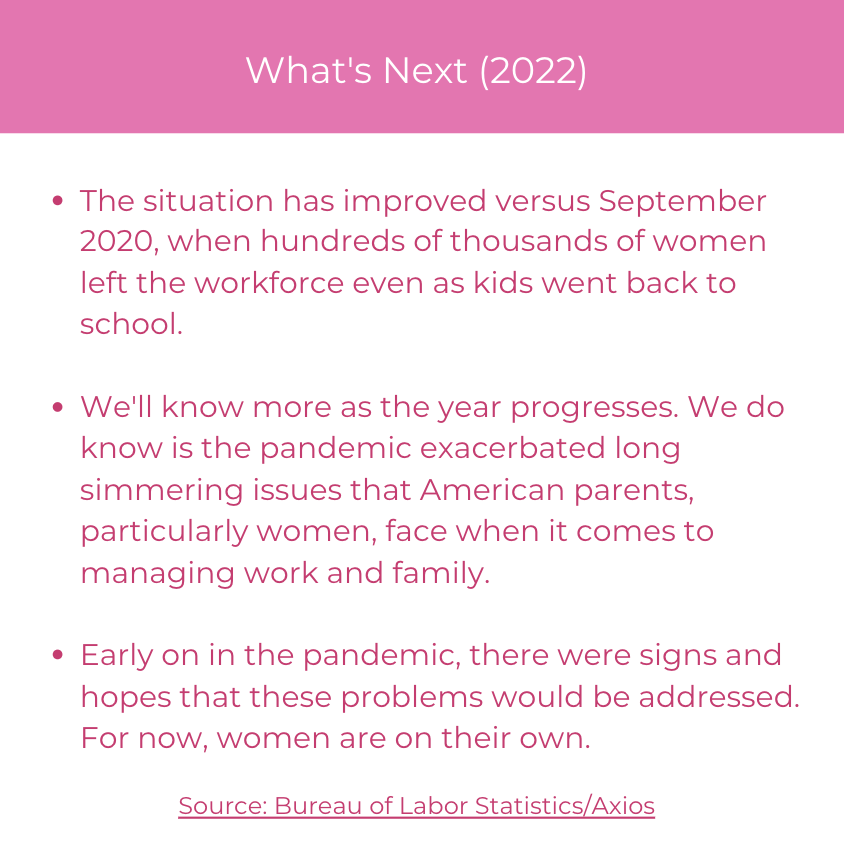Work and the Economy
Howard County is a flourishing, vibrant economy that is a top choice for businesses in the Mid-Atlantic. It is known for its highly educated and talented workforce in the public, private, and nonprofit sectors. Our county offers easy access to important federal agencies, highly ranked universities, and Fortune 500 firms. It boasts more than 70-million square feet of commercial space to do business. Households in Howard County have a median annual income of $121,618, which is more than the median annual income of $65,712 across the United States. Persons in poverty are at 5.0%, a number that is lower than half of the national average which is 12.3%.
Women contribute significantly to this vibrant economy in Howard County, yet their work experiences differ from those of men and their salaries lag. Women are underrepresented in several professions, especially STEM related occupations, and wage gaps exist at all levels of education. And, the Covid-19 pandemic has exacerbated long simmering issues that women in particular face when it comes to managing work and family.
Women contribute significantly to this vibrant economy in Howard County, yet their work experiences differ from those of men and their salaries lag. Women are underrepresented in several professions, especially STEM related occupations, and wage gaps exist at all levels of education. And, the Covid-19 pandemic has exacerbated long simmering issues that women in particular face when it comes to managing work and family.
ALICE (Asset Limited, Income Constrained, Employed) uses criteria to determine households that are above the Federal poverty line but are below the basic cost of living in the state. The reason that so many households in Howard County struggle is that the cost of household basics outpaces wages. The Household Survival Budget below reflects the bare minimum cost to live and work in the modern economy and includes housing, childcare, food, transportation, health care, technology (a smartphone plan), and taxes. This budget does not include savings for emergencies or future goals like college or retirement. The Federal Poverty Level was $12,140 for a single adult and $25,100 for a family of four in 2018. The household costs shown below well exceed Federal Poverty Level thresholds.
Childcare costs as compared to other major household expenses highlight the need to improve services for children and families in Howard County. According to the Maryland Family Network, it is estimated median family income in Howard is $133,168. A family of four that includes a couple and two children, ages 0-23 months and 2-4 years, can be expected to spend $27,743 or 20.8% of their income on childcare.

